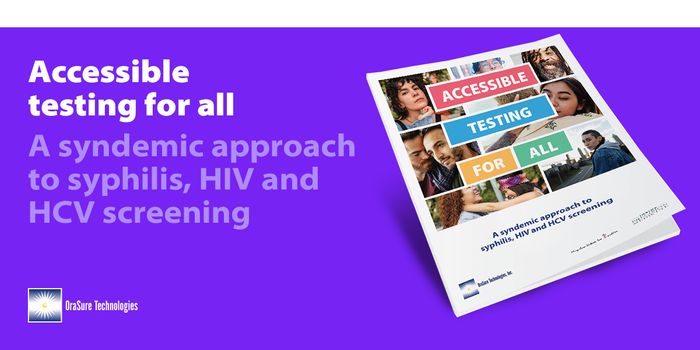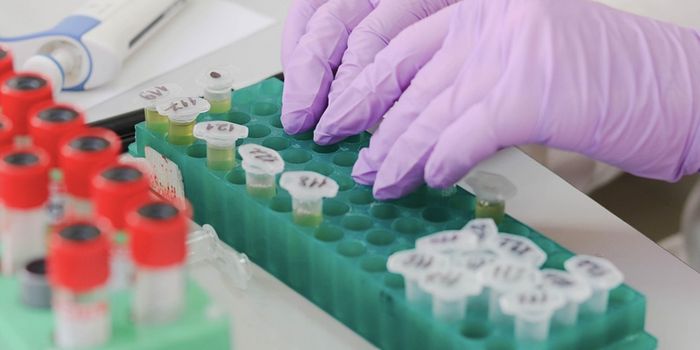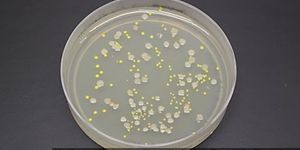
The Intellectual Property and Science business of Thomson Reuters released a three-part analysis on the depression drug market following the 25th anniversary of the U.S. launch of the iconic antidepressant Prozac. Now, just beyond a quarter-century later, Thomson Reuters analysts have found a considerable amount of untapped potential for the pharmaceutical industry to develop treatments for managing the debilitating condition of depression.
The 1988 U.S. launch of Prozac inspired a revolution in the depression treatment landscape; not only did it excel to a blockbuster level - in just two years becoming the world's most prescribed medication - but also it became a pop-culture phenomenon with books, magazines, movies and television, making it a household name and driving patients to request prescriptions from their doctors. Prozac ushered in an era of a new class of drugs that helped destigmatize depression and treat more people suffering from it.
Now, a year past this significant milestone, Thomson Reuters analysts studied the widespread effects of this critical drug and the current state of the depression treatment environment by performing three unique analyses:
25 Years After Prozac, an infographic illustrating a timeline from the 1988 launch to a current outlook at the condition's prevalence rates and drug, patent and deal landscapes
Spotlight on Depression, an in-depth report exploring the challenges and opportunities facing the depression drug market and a look at its current leaders
Battling Depression: Research Highlights, a view into the dominant research around treatments for depression
The analysts found a substantial number of possibilities for the pharmaceutical market for developing new treatments for the management of depression. It remains a significant global health issue. According to the World Health Organization, depression affects as many as 350 million people worldwide and is the leading cause of disability in the world. Fewer than half of sufferers receive treatment; in some countries, that figure falls to fewer than one in 10. The U.S. Centers for Disease Control and Prevention found that more than 9 percent of Americans currently suffer from the disorder. The high incidence rate, combined with limited market penetration, continues to make depression a market with significant potential.
The analysts also found that despite the growing market opportunities, companies developing drugs for depression face several challenges. The abundance of generic options has played a role in halving the value of branded antidepressants over the years. In addition, antidepressants carry a black-box warning regarding the increased risk of suicide in children, adolescents and young adults, which limits their use among that population. Changes to medication also present a problem, as does psychosocial treatment, which remains the preferred first line of therapy.
"Depression is widespread, but clinicians still lack a complete understanding of the condition, which presents hurdles in pharmaceutical development," said Jon Brett-Harris, managing director, Thomson Reuters Life Sciences. "There are millions of people around the world who suffer from depression every day. The aim of this report is to shed a unique perspective on the evolution of depression therapies in hopes that it incents the industry to identify new ways to help depression sufferers manage their condition."
 The Intellectual Property and Science business of Thomson Reuters released a three-part analysis on the depression drug market following the 25th anniversary of the U.S. launch of the iconic antidepressant Prozac. Now, just beyond a quarter-century later, Thomson Reuters analysts have found a considerable amount of untapped potential for the pharmaceutical industry to develop treatments for managing the debilitating condition of depression.
The Intellectual Property and Science business of Thomson Reuters released a three-part analysis on the depression drug market following the 25th anniversary of the U.S. launch of the iconic antidepressant Prozac. Now, just beyond a quarter-century later, Thomson Reuters analysts have found a considerable amount of untapped potential for the pharmaceutical industry to develop treatments for managing the debilitating condition of depression.







